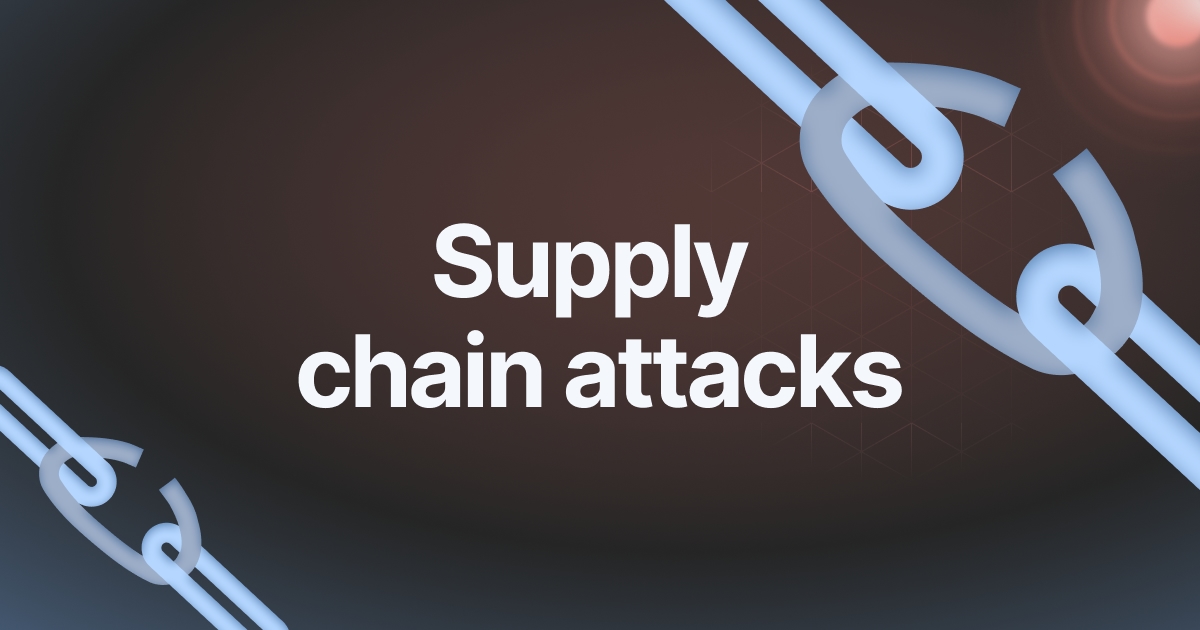The idea of an enclosure around the information of your business is fast becoming obsolete in today’s digitally interconnected world. Supply Chain attacks are an emerging kind of cyberattack, which exploits sophisticated software and services utilized by companies. This article takes a deep dive into the realm of supply chain attacks, examining the growing threats to your business, its potential vulnerabilities, and crucial steps you can take in order to increase your security.

The Domino Effect: A Tiny error can ruin your Business
Imagine your company doesn’t utilize an open-source library, which is known to have vulnerabilities in security. But the data analytics provider you count heavily on has. This seemingly small flaw is your Achilles’ Achilles. Hackers exploit this flaw in the open-source software, gaining access to the provider’s systems. Hackers have the opportunity to gain access to your organization via a hidden connection from a third party.
The domino effect is an excellent illustration of the pervasive nature of supply chain attack. They attack the interconnected ecosystems businesses depend on. By gaining access to systems, they exploit weaknesses in partner software, Open Source libraries, and even Cloud-based Services (SaaS).
Why Are We Vulnerable? Why Are We Vulnerable?
Supply chain attacks are the result of the same forces that drove the modern digital economy and the rising use of SaaS and the interconnection between software ecosystems. It’s impossible to trace each code element in these ecosystems even if it’s indirectly.
Beyond the Firewall Beyond the Firewall: Security measures that are traditional aren’t enough
It’s no longer sufficient to rely on conventional cybersecurity measures to secure the systems you utilize. Hackers are adept at locating the weakest link in the chain, and evading firewalls and perimeter security to penetrate your network through reliable third-party suppliers.
Open-Source Surprise! Not all software that is free was created equally
The vast popularity of open-source software is a risk. Open-source libraries offer many advantages however their widespread usage and the possibility of relying on volunteers can create security risks. One unpatched security flaw in a widely-used library can expose the systems of countless companies.
The Invisible Attacker: How to Identify the Symptoms of a Supply Chain Threat
Attacks on supply chains are often difficult to spot due to their nature. Certain indicators can be reason to be concerned. Unusual login attempts, unusual data activity, or sudden software updates from third-party vendors can be a sign of a compromised system within your ecosystem. A major security breach that affects a large library or service provider might also indicate that your ecosystem is compromised. Contact for Software Supply Chain Attack
Fortress building in the fishbowl: Strategies to reduce supply chain risk
What could you do to improve your defenses? Here are a few crucial actions to take into consideration:
Examining Your Vendors a thorough vendor selection process, which includes an assessment of their cybersecurity methods.
Map Your Ecosystem : Create the map that covers every library, software and services that your business uses, in a direct or indirect way.
Continuous Monitoring: Watch your system for any suspicious activity and actively monitor security updates from all third-party vendors.
Open Source with Caution: Take caution when integrating open-source libraries, and prioritize those that have established reputations and active maintenance communities.
Transparency builds trust. Inspire your suppliers to adopt robust security practices.
The Future of Cybersecurity: Beyond Perimeter Defense
The increase in supply chain attacks necessitates a paradigm shift in how companies deal with cybersecurity. The focus on protecting your security perimeters isn’t sufficient. Companies must take an integrated approach and prioritize collaboration with vendors, encouraging transparency within the software ecosystem, and actively combating risks across their supply chain. Be aware of the risks associated with supply chain attacks and strengthening your defenses can help ensure your business’s protection in a constantly interconnected and complicated digital world.